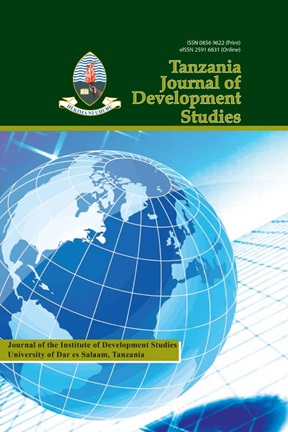Inclusive Green Growth and Shared Prosperity: Are they Basic Indictors for Tanzania to Attain an Upper Middle-Income Country? A Theoretical Review
Keywords:
Tanzania, growth, middle income country, inclusive green growth, shared prosperityAbstract
This paper aims to show how inclusive green growth and shared prosperity could be
sustained, and in a way enable Tanzania to achieve an upper middle-income country
status. The big question in this regard is whether the kind of economic growth that
Tanzania has been sustaining over the recent years, at least before the COVID-19
pandemic, has been associated with ' inclusive green growth ' and with a ' shared
prosperity ' or otherwise. The main objective of this paper sought to shed light on the
extent to which inclusive green growth and shared prosperity could be sustained and
enable the country to attain an upper middle-income country status with traceable
welfare effects for all Tanzanians. The methodology employed was a documentary
review of various documents that address issues on inclusive green growth and
shared prosperity. In particular, a review of publications by the World Bank occupied
a central place. Key study results point out that the kind of growth agenda that
Tanzania has pursued has neither addressed inclusive green growth nor shared
prosperity. The development agenda has been addressing economic growth concerns
at the expense of green growth concerns that acknowledge the role of natural capital
growth and its important role in the welfare of future generations.


